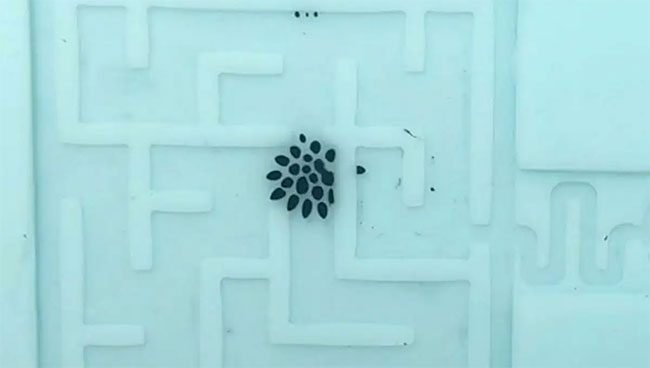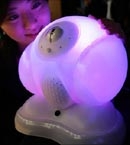Magnetically Controlled Soft Robot Can Self-Divide into Smaller Parts to Navigate Tight Spaces and Reassemble at the Destination.

Ferrofluidic robot self-dividing into smaller versions of itself.
A research team from Soochow University (China), along with colleagues from the Max Planck Institute for Intelligent Systems (Germany) and Harbin Institute of Technology (China), has developed a soft robot that can autonomously separate into smaller parts to navigate through narrow spaces and then reassemble.
This unique capability enables the new robot to be useful in drug delivery. The pathways within the human body are filled with winding, narrow segments and barriers that are nearly impossible to traverse. Larger robots cannot penetrate these areas, while smaller robots often cannot carry enough medication, sometimes failing to meet treatment requirements.
The new robot, with its shape-shifting ability, addresses this issue by transforming into a swarm of tiny robots that can merge back together upon reaching their destination. The research team fabricated it using ferrofluid, a type of suspension (a mixture of solid particles dispersed in a liquid without dissolving) made of iron oxide and hydrocarbon oil. They employed a rotating spherical magnet to exert force on the mixture, causing it to self-divide into multiple pieces or elongate to pass through tight spaces.
To demonstrate the robot’s potential for navigating human arteries and capillaries, the experts constructed a maze with various wide and narrow sections. By separating into smaller parts, the robot successfully reached the end of the maze.
However, scientists acknowledge that the new robot must overcome several obstacles before it can be practically applied in the biomedical field. The biggest challenge is the magnetic control system, which needs to be precise and strong enough to penetrate human tissue.




















































